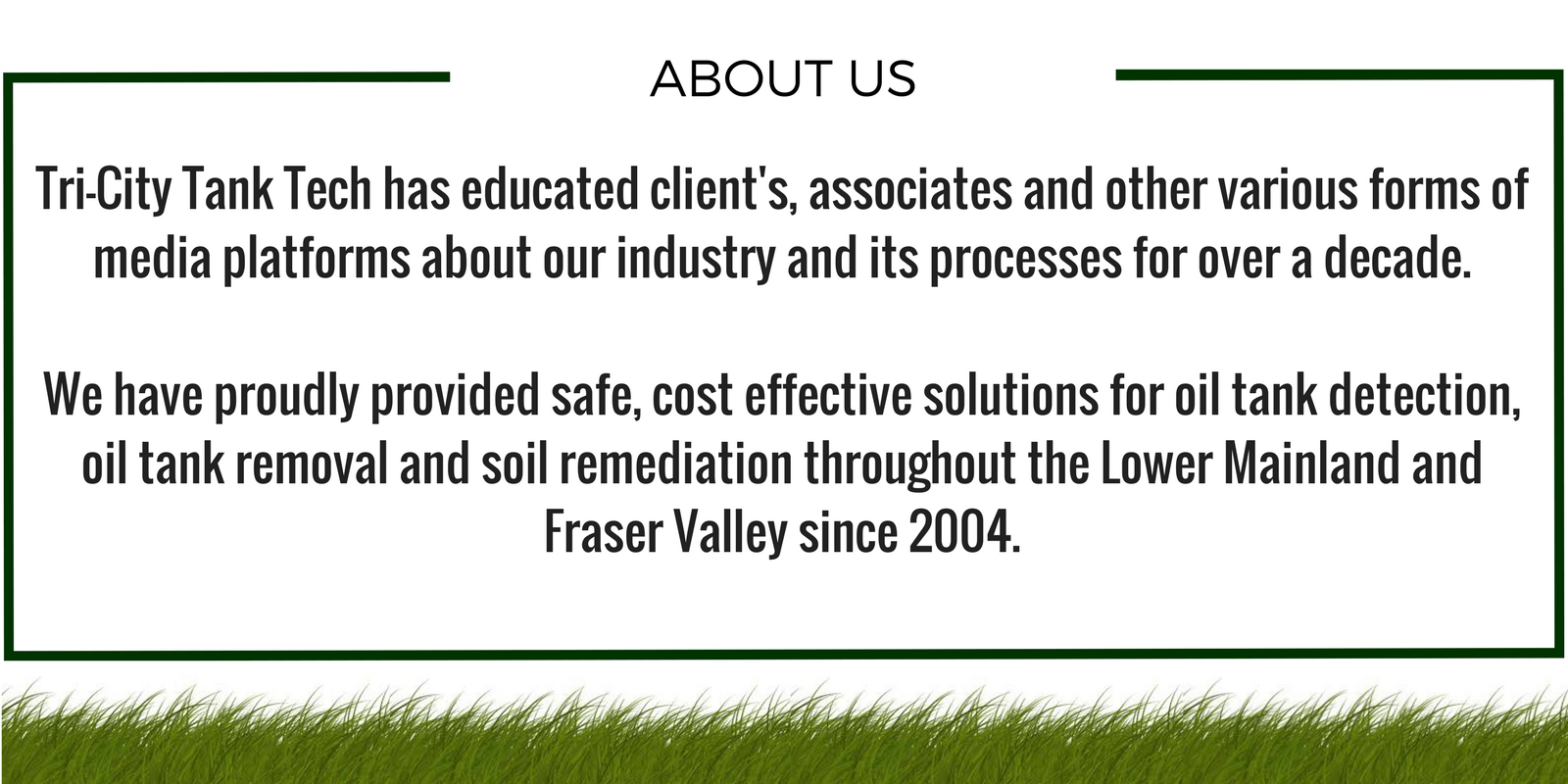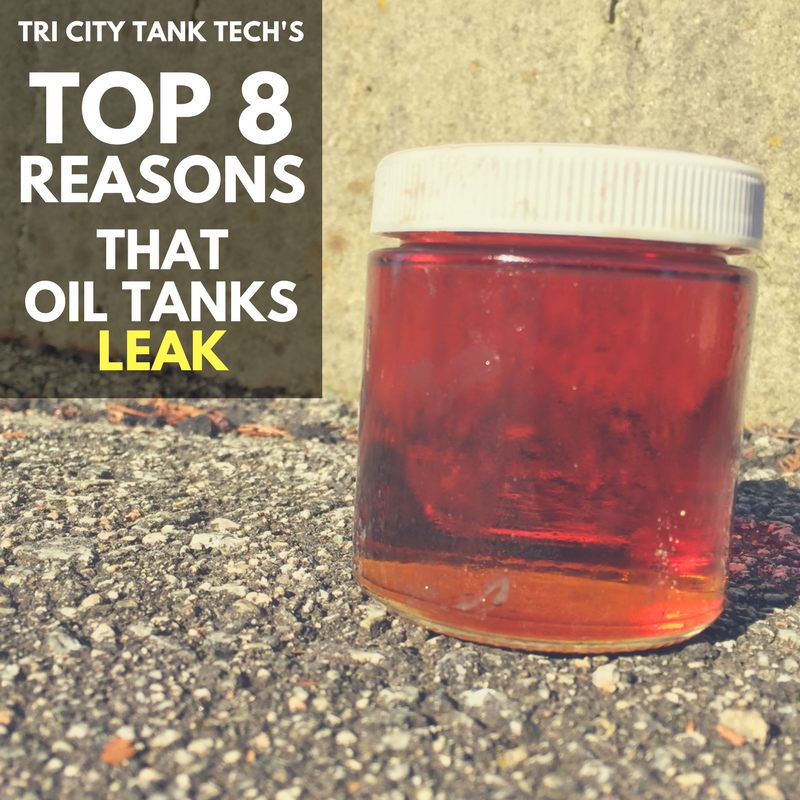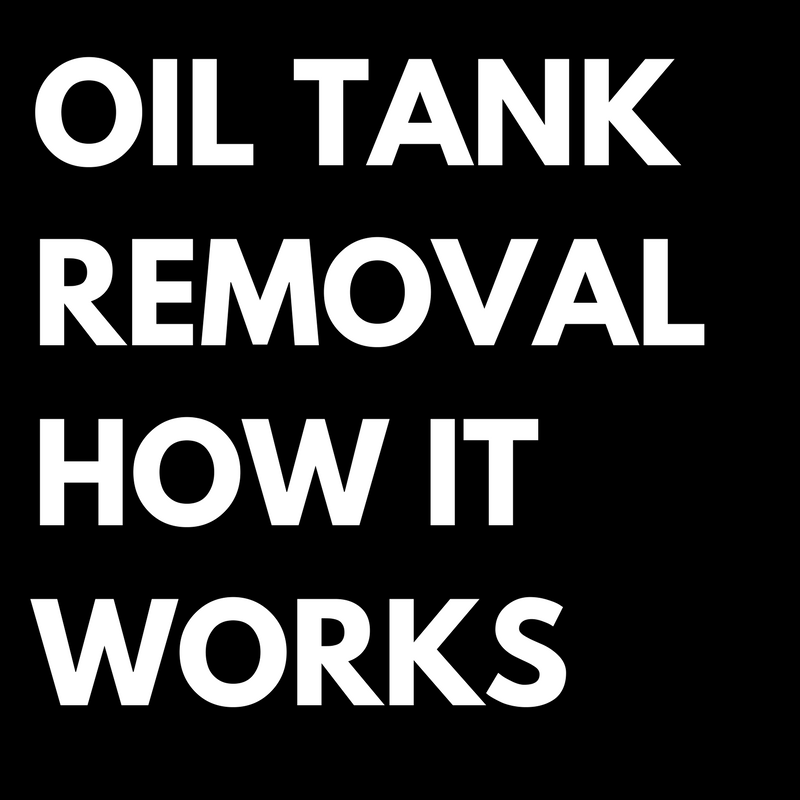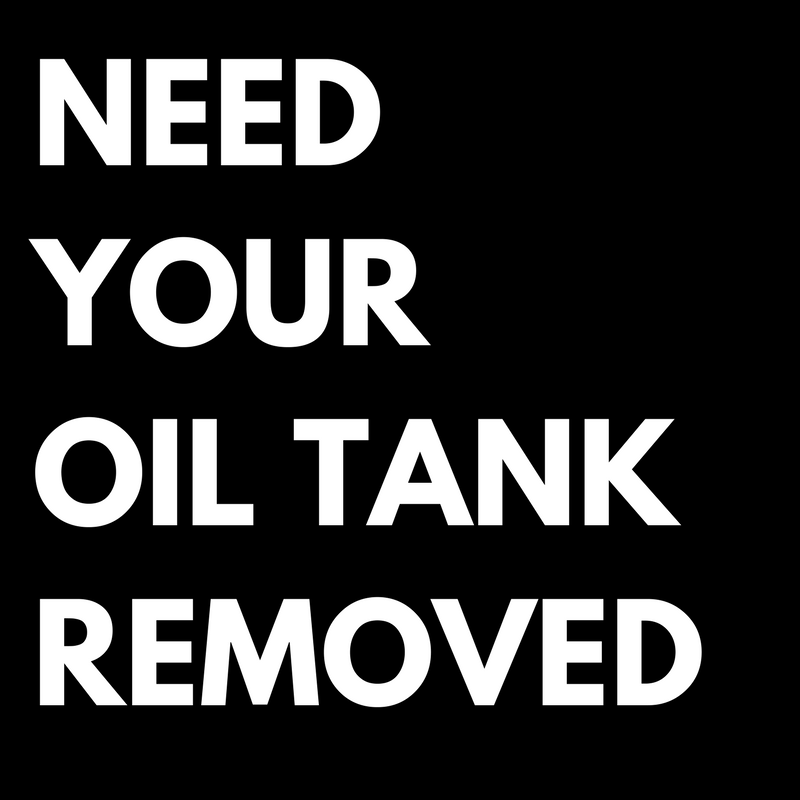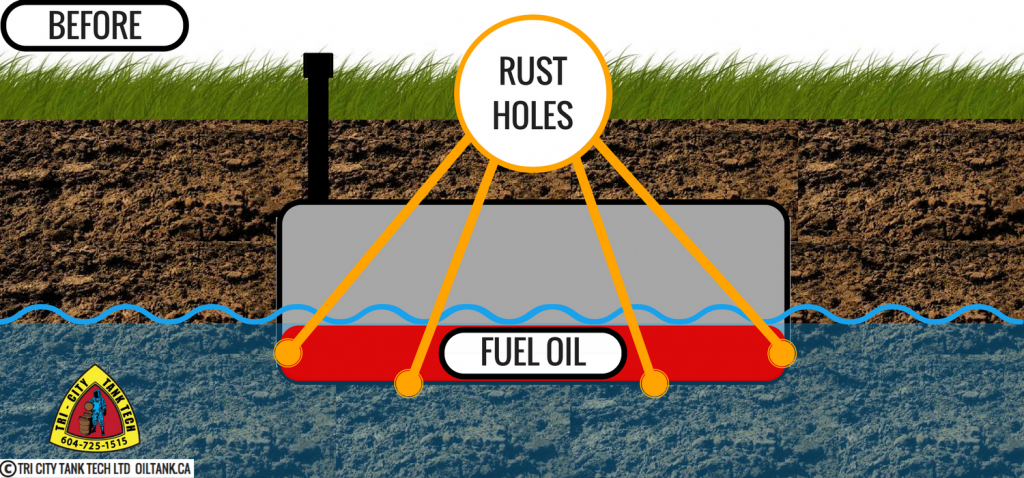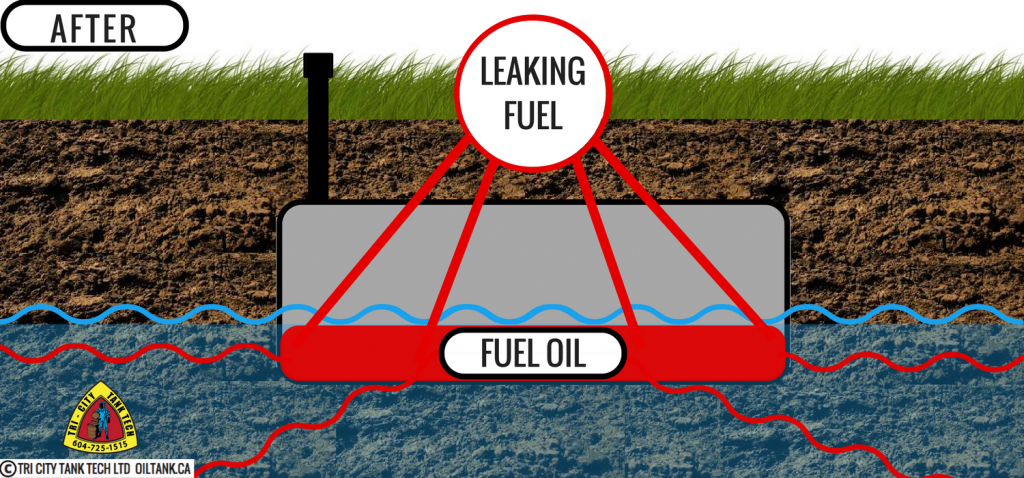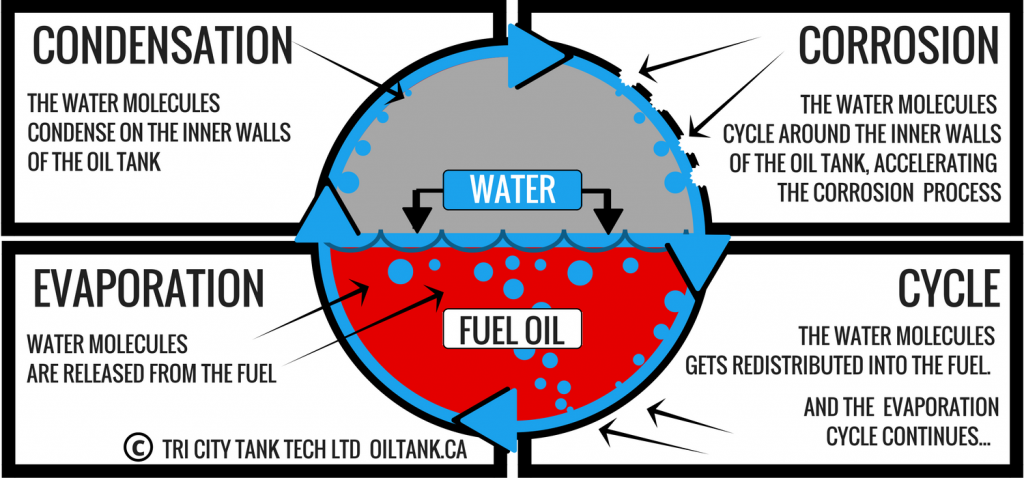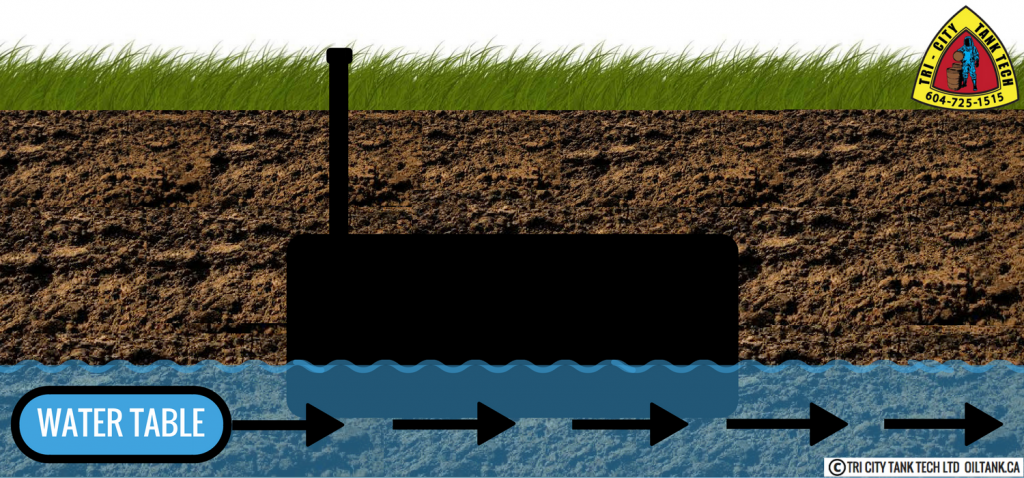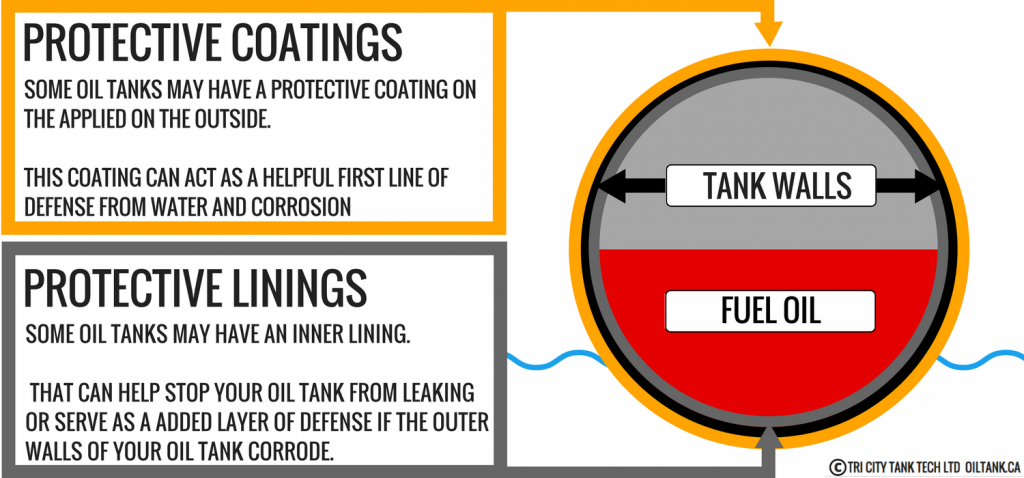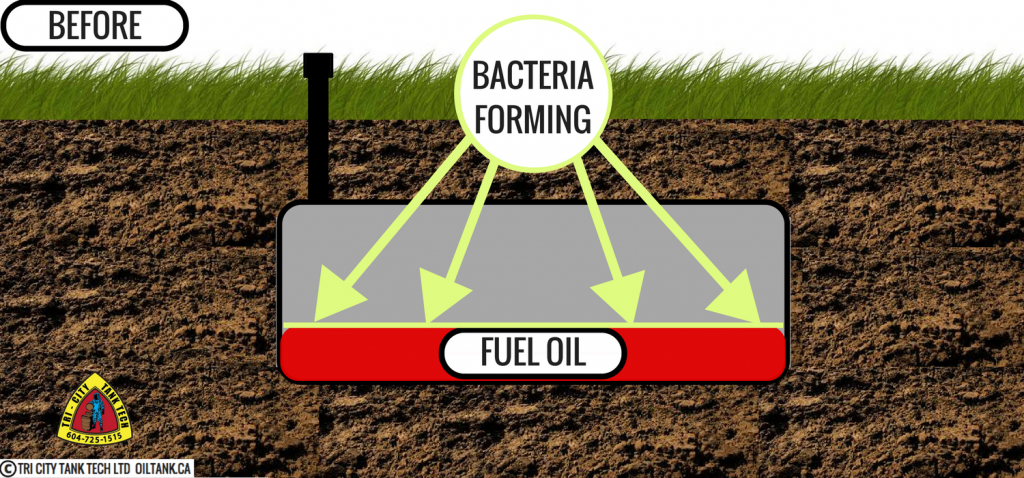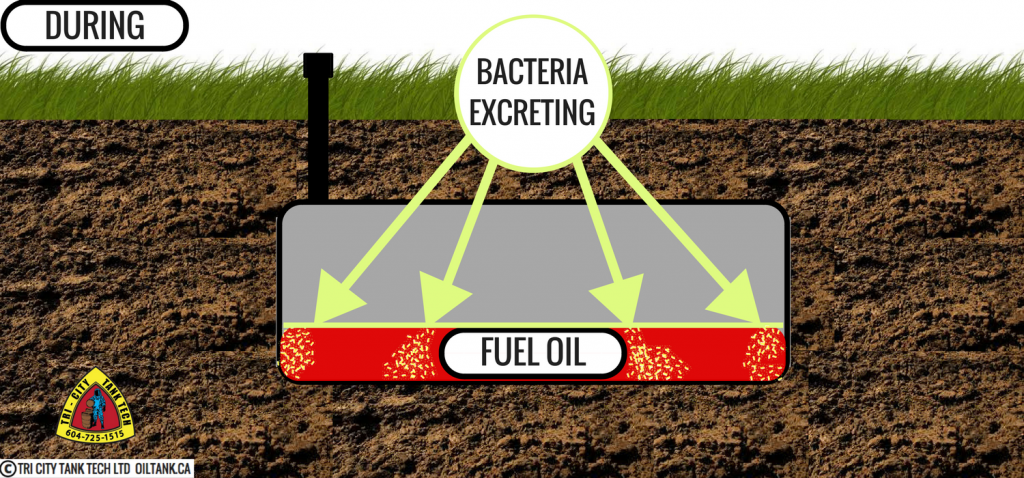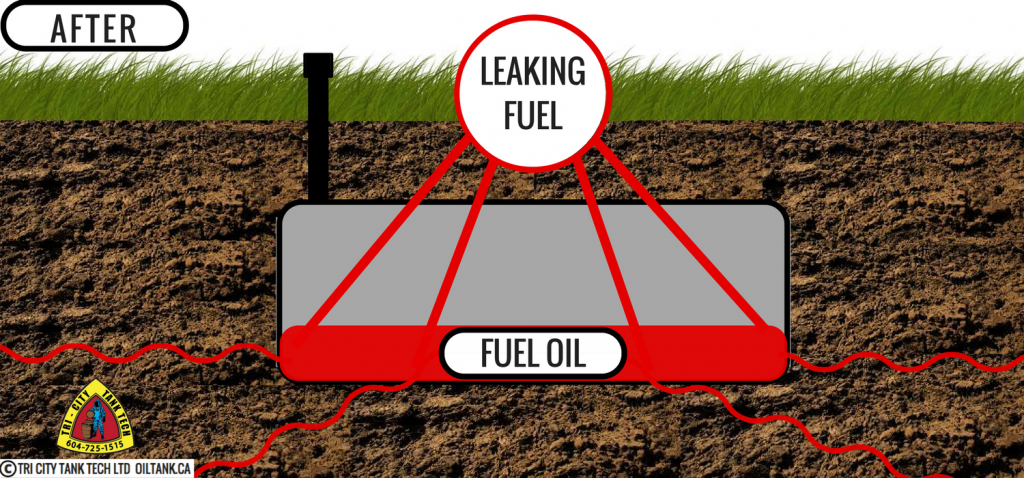Most people are quite concerned about their oil tank removal because they do not know if their oil tank has leaked or not.
On average, most oil tanks were said to have a life expectancy of 20-25 years, but you should not base your opinion strictly on the estimated life expectancy of your oil tank.
For example, if the estimated life expectancy of your oil tank directly and definitively confirmed that your oil tank will leak after a certain amount of time, then based on this reasoning, pretty much all oil tanks have contaminated the property that they are on.
This is definitely not true, there have been times when we have removed as many as 10 oil tanks in a row and they all had one thing in common… no contamination issues.
It is important to understand that there are multiple factors other than the life expectancy that contribute to contaminated soil issues.
Many factors contribute to the life of an oil tank, such as: quality of workmanship, maintenance, coatings, underground conditions.
All oil tanks were not created equal. They were available in different volume capacities, thicknesses, and had optional coatings.
Additionally, every property is unique from the water table levels, to the types of soils on the property.
Below are some of the most common reasons why oil tanks leak.
WHY CHOOSE US
FIND OUT WHY TRI CITY TANK TECH IS THE PREFERRED CHOICE OF REALTORS, BANKS, HOME INSPECTORS AND MORE...TRI CITY TANK TECH | YOUR OIL TANK REMOVAL EXPERT
- COMPETITVE PRICING
- FREE QUOTES
- QUICK RESPONSE TIMES
- KNOWLEDGABLE STAFF
- EXPERIENCED
- HIGH QUALITY EQUIPMENT
- QUALITY SERVICE
- A+ BBB
- INSURANCE COVERAGE
- WORKSAFE COVERAGE
Oil Tank Removal:
Water ingress causes corrosion
In Vancouver and the surrounding areas, we are no stranger to rain. If your oil tank does not have a protective coating, as water pools and passes the outside of your oil tank it can lead to rust and ultimately perforations.
When water and oxygen combine this will cause the reaction known as corrosion.
Overtime, holes will start to form in your oil tank as it corrodes and increases the chances of fuel oil leaking into the surrounding soils.
Oil tank removal:
Atmospheric environmental corrosion
Now lets talk about how water can corrode the inside of your oil tank.
Similar to the above topic regarding the rusting and corrosion of the outside of your oil tank, the atmospheric corrosion cycle can effect your oil tank from the inside.
Water/moisture can enter your oil tank through ingress or from the water paritcles present in your fuel.
Overtime, interior temperature changes can cause condensation to form on the inner walls of your oil tank.
From that point the condensation can drip down the inner walls and settle on the bottom of your oil tank. This settling can lead to corrosion on the bottom of your oil tank.
As a result of the water re-entering your fuel oil, the condensation process has the ability to continuously re-cycle through this process.
Additionally, as water cycles around your oil tank, when this moisture forms on the upper inner walls of the oil tank is exposed to oxygen and can cause corrosion.
How water gets into your fuel oil
There are many ways that water can enter your oil tank but below are some of the most common reasons.
The fuel oil that was used for your oil tank is known to contain more water than other fuels such as gasoline.
Although it is typically a small amount of water, there is still water present.
During the atmospheric cycle, water can be drawn from the fuel oil and cause condensation.
This may result in corrosion over time as the water particles are introduced to oxygen.
Also some fuels are inferior and may can contain more water.
For example, if the source/storage tank that the fuel truck received its fuel oil from originally had water ingress issues, the product that was pumped into your oil tank could have had a higher water content.
However, will discuss that later…
Water intrusion
With Vancouver being classified as a temperate rainforest it is easy to assume that at one point while fuelling your oil tank, it may have been a rainy day.
Your oil tanks filler pipe is the best access to fuel your oil tank, but at the same time it can leave your oil tank susceptible to water intrusion.
This means that while your oil tank was being filled with fuel, there is a chance that water could have entered into your oil tank as well.
Additionally, many times people will cut off or remove there filler and vent pipes. This was usually done for aesthetic purposes or to make it easier to mow their lawn.
Leaving these pipes open provides an easy opportunity for water to enter your oil tank. If the pipes are not capped properly, then the chances of watering your oil tank dramatically increases.
Water Table
Your water table is basically the depth on your property at which you start to encounter water underground.
Overtime the water table on your property can cause your oil tank to rust and corrode.
As the water passes and pools around your oil tank, the deterioration of your oil tank accelerates.
The water will slowly cause your oil tank to rust and holes may begin to form in your oil tank.
Overtime, as rust holes start to form in your oil tank, these perforations will allow water to enter your oil tank and dramatically increase the risk of the fuel oil leaking out
Overtime your oil tanks pipe connections can come loose or the welded seams can fail.
This may result in water entering your the oil tank or fuel oil leaking out.
However, will discuss that in the next topic below…
Oil tank removal:
Loose connections
As with many types of equipment connections can come loose overtime.
If your vent pipe, filler pipe or feeder lines are not properly connected to your oil tank.
These openings can provide an access point for water to seep into your oil tank or result in fuel oil leaking out into the surrounding soil.
Oil tank removal:
Poorly manufactured, faulty or inferior products
With everything you purchase there are superior and inferior products.
If your oil tank…
- was very thin, the chances of it rusting through faster are greater.
- had poorly welded seams, then there is a chance that they may fail quicker.
- had faulty connections, then the chance of water intrusion may be higher.
- did not have a protective coating, then the increase risk of corrosion may be greater.
Oil tank removal:
Lack of protection | cathodic and coatings
When oil tanks were initially installed, many homeowners may have been offered different options for their oil tank.
The most common options would have probably been regarding the capacity and thickness of the gauge of steel.
Additionally, homeowners may have been offered some protection solutions, such as:
Protective coatings or linings
Some oil tanks were coated with protective outer coatings to protect them from corrosion. This coating could lower the possibility of your oil tank leaking and/or taking on water.
Additionally, some oil tanks had protective linings that could also act as an extra layer of protection from the inside.
Cathodic protection
Cathodic protection was less frequently used for the protection of residential oil tanks.
Basically, this method works by connecting the oil tank to a metal that corrodes easier.
Essentially, by connecting the oil tank to a source that corrodes easier, this metal will serve as a sacrificial metal that will mitigate the possibility of your oil tank corroding.
Oil tank removal:
Bacteria
Overtime, bacteria can form inside of your fuel oil and oil tank.
This bacteria digests organic materials within your oil tank and excretes corrosive materials that can cause holes in your oil tank.
Oil tank removal:
Chemical reactions
Water can react to the sulphur present in your fuel oil and cause a corrosive chemical reaction. As a result, over time this interaction may lead to holes forming in your oil tank.
Oil tank removal:
Poor quality fuels
Some poor quality fuels may have a higher sulphur or water content etc.
If your oil tank was filled with poor quality fuels, it could have been subjected to materials that could have accelerated the corrosion process.

Matthew Szwaba
Chief Operating Officer
604-715-1000
Tri-City Tank Tech ltd
